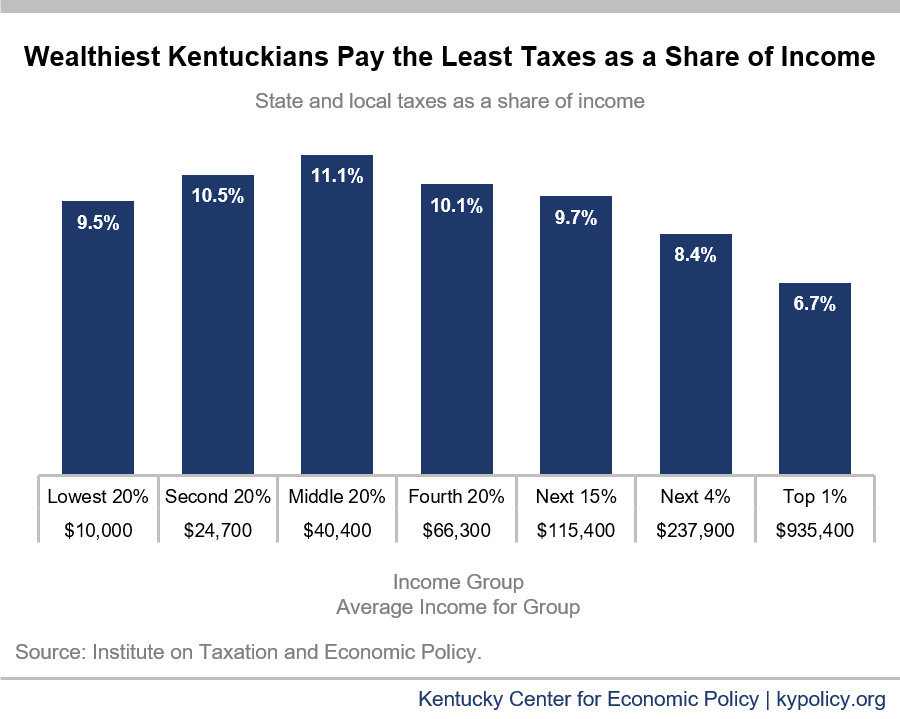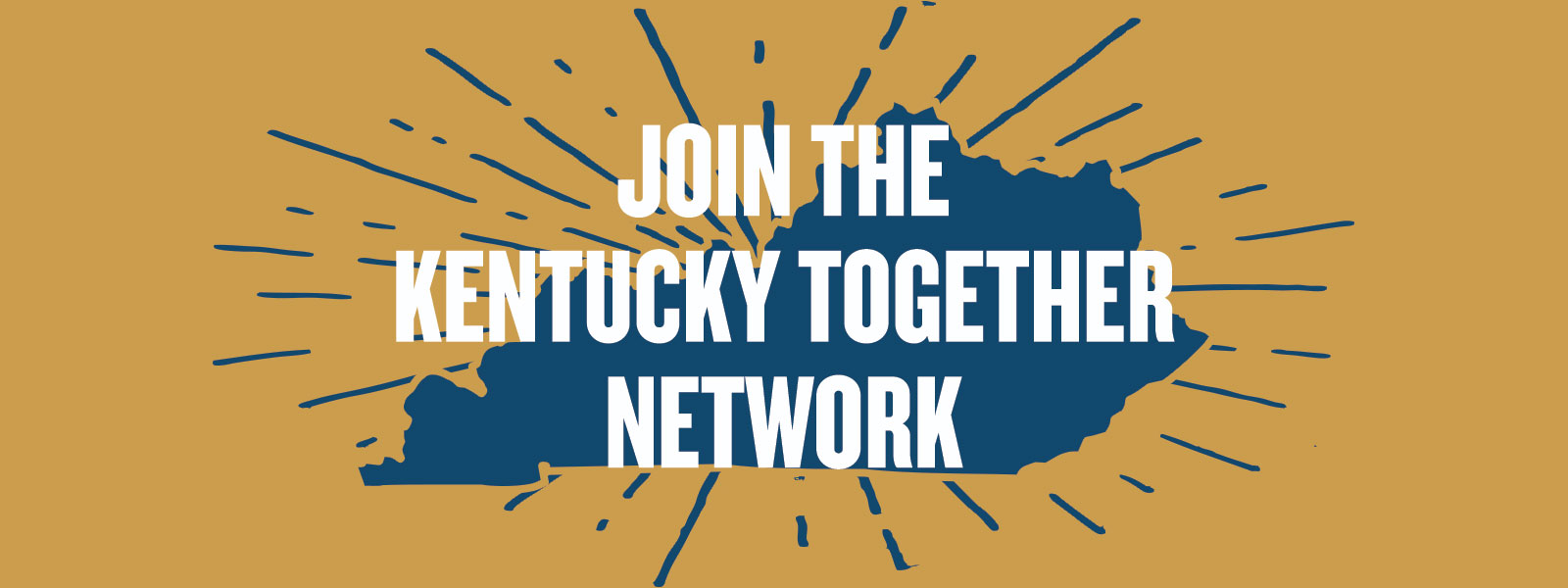Q and A: Why Conservation is Important to Thriving Communities

Opinion: How We Spend Reflects Who We Are
October 12, 2016
Senior Programs Important to Thriving Communities
February 8, 2017Q and A: Why Conservation is Important to Thriving Communities
As we take a closer look at land conservation in Kentucky, including with our new Impact video, we asked Lane Boldman, Director of the Kentucky Conservation Committee, to answer some questions about Kentucky’s conservation efforts.
Why should Kentuckians care about conservation?
There are many reasons to care about conservation, both for the health of our natural environment and for the economic benefits that are provided. Companies consider quality of life, including access to high quality outdoor recreation, as a factor when locating their businesses. Natural lands and greenspace are factors in attracting and retaining top professionals, who are attracted to healthy environments.
But aside from the economic and quality of life benefits to citizens, natural lands provide many other real benefits, including the fact that these tracts of land provide a natural filtering buffer for our water supplies. Costs for treating drinking water supplies can be directly related to the amount of tree cover in the area. Wetlands provide natural buffers which help control flooding.
Trees and large tracts of vegetated lands can reduce air pollution by attracting and hold material that is known to pollute our air.
Undeveloped lands are also lands that have not been impacted by pesticides, and therefore serve as a buffer that protects pollinators. This is particularly important for areas near agricultural lands, where crops depend on healthy communities of pollinators. These account for millions of dollars per year in value.
These are just a few of the many reasons that the protection of our natural lands should be a priority for the state.
What does it mean to invest in conservation?
In Kentucky, state dollars for land conservation support the Department of Fish and Wildlife, Department of Parks, Division of Forestry, the State Nature Preserves Commission and the Kentucky Wild Rivers program. In addition, these funds also support work through local governments, state colleges and universities, and nonprofit land trusts. So the impact of these conservation funds is statewide, and significant to Kentucky.
These dollars have been protecting some of Kentucky’s best-known natural areas, such as Blanton Forest, the Kentucky River Pallisades, Jefferson Memorial Forest, Bernheim Arboretum, as well as smaller tracts such as local hiking areas and nature preserves.
Investing in conservation is not simply good for preserving critical lands. It is good business. For example, outdoor recreation is estimated to contribute $730 billion annually to the U.S. economy, and supports nearly 6.5 million jobs across the U.S. In addition, natural lands also provide substantial growth opportunities for nearby rural communities.
In a study by the Trust for Public Lands, it was determined that for every dollar invested in Kentucky Heritage Conservation lands, eight dollars are returned to the state in economic benefits.
How are state dollars currently spent towards conservation in Kentucky?
The state’s Heritage Land Conservation Fund is the primary state source of funding for natural lands purchases. This funding comes from the purchase of “Kentucky’s Finest” nature plates, the state portion of the Unmined Minerals Tax on coal, and environmental fines. These lands include areas that are a habitat for rare and endangered species, areas important to migratory birds, areas that are subject to alteration or loss, or areas to be preserved in their natural state for public use, outdoor recreation and education.
While state agencies directly handle much of these funds, there are also partnerships with private dollars for many projects. Bernheim Arboretum is a good example of the kind of public-private partnerships that happens with these dollars. The protection of the Pine Mountain Wildlands Corridor, which is bringing tourism dollars from beyond the state, is another example of nonprofits working with the state to accomplish projects that will have lasting positive impacts to the state’s economy.
What have been the consequences of funding cuts?
While the Kentucky Heritage Land Conservation Fund (KHLCF) and Purchase of Agricultural Conservation Easement program (PACE) have achieved substantial success in the last decade, Kentucky ranks below the national average for state investment in land conservation. And when the General Assembly began “sweeping” from these dedicated funds into the General Fund, the impact was significant.
The transfer of funds in the 2014-2016 biennial budget, for example, effectively shut down land acquisitions for the first time in twenty years since Heritage Land Conservation funding began in 1995.
The loss of these funds has a compounding effect, including, most significantly, a loss of federal matching grants, the effect of which is substantial. The transfer of these funds also creates a loss of compounding interest that helps pay ongoing administrative expenses.





